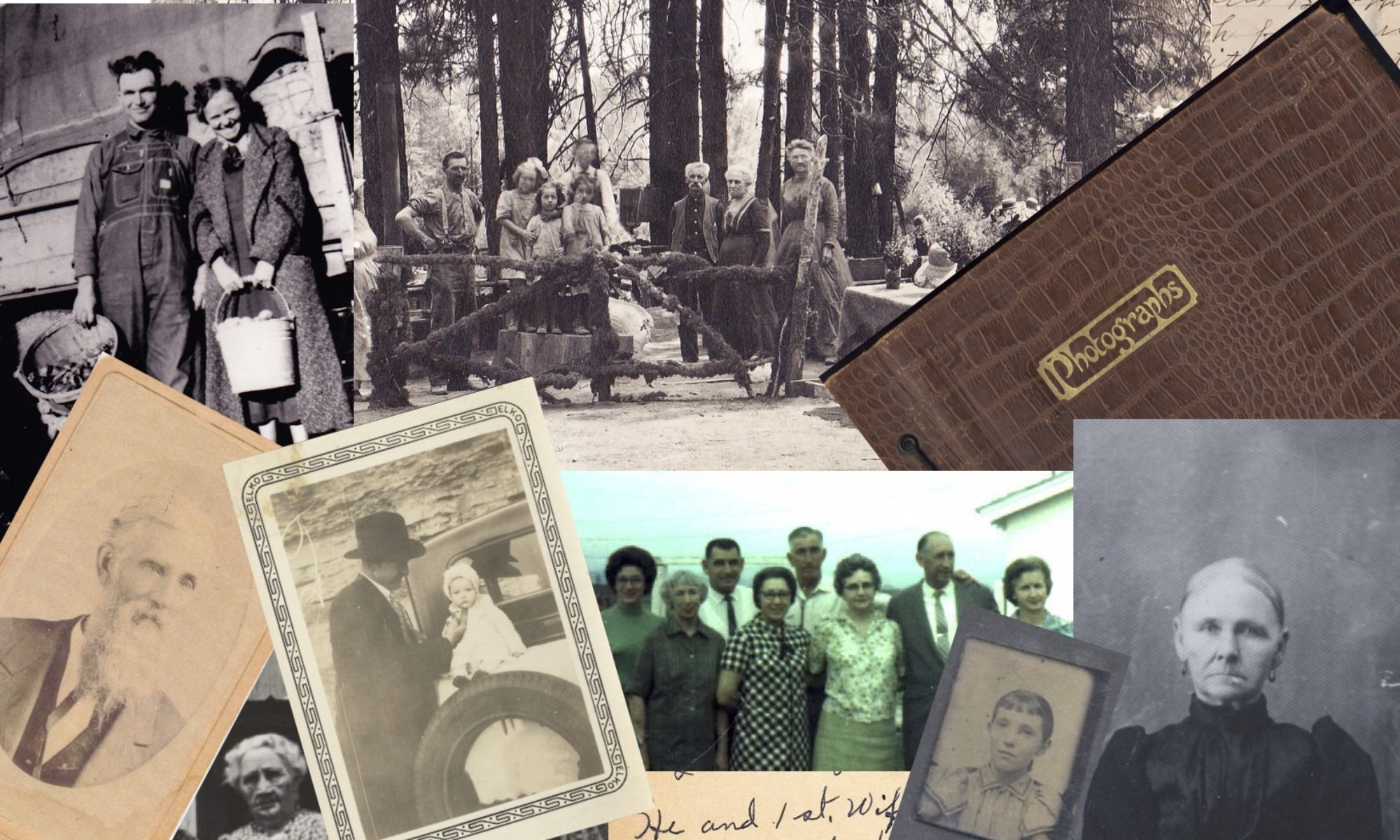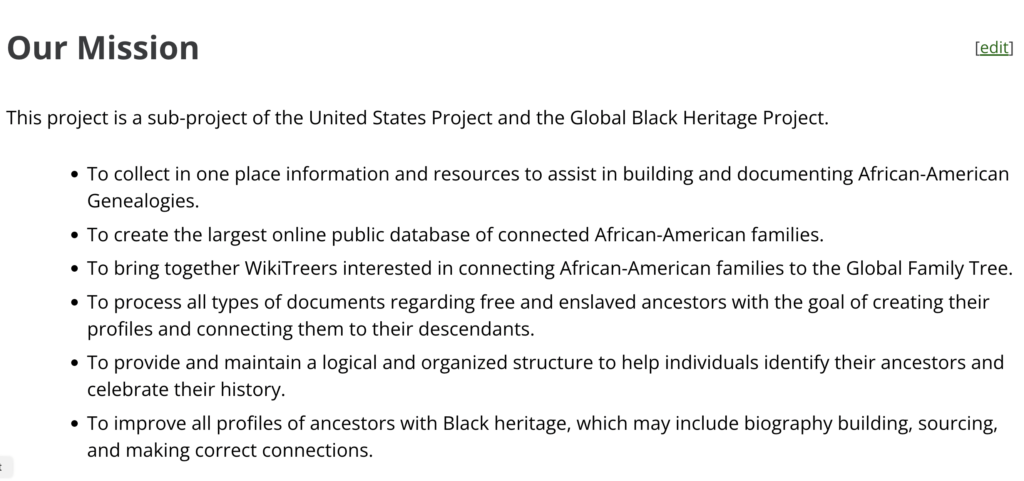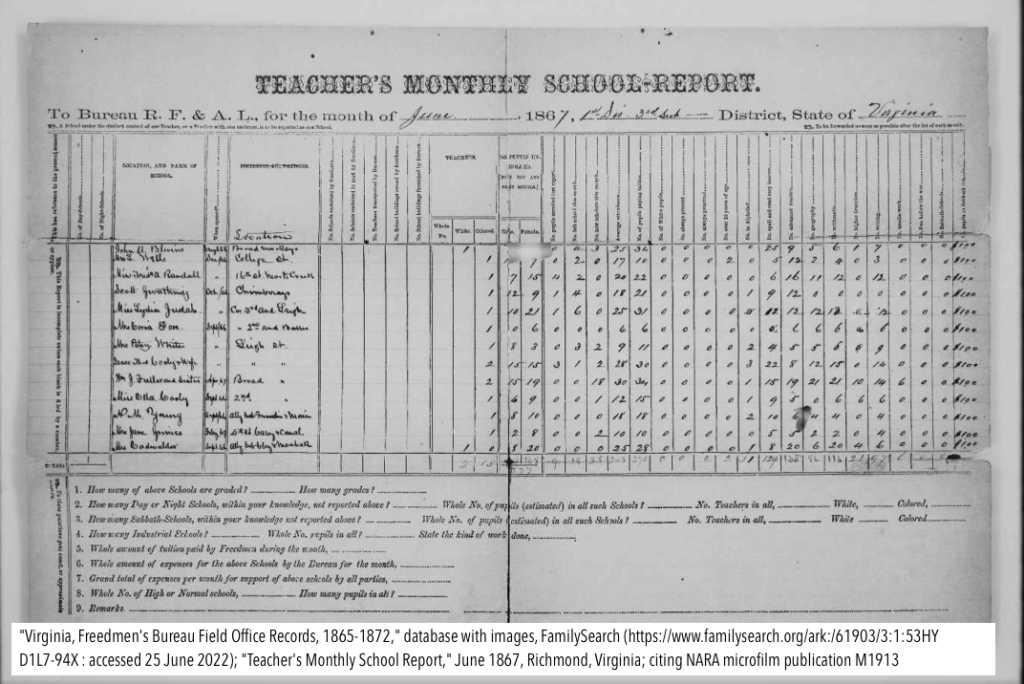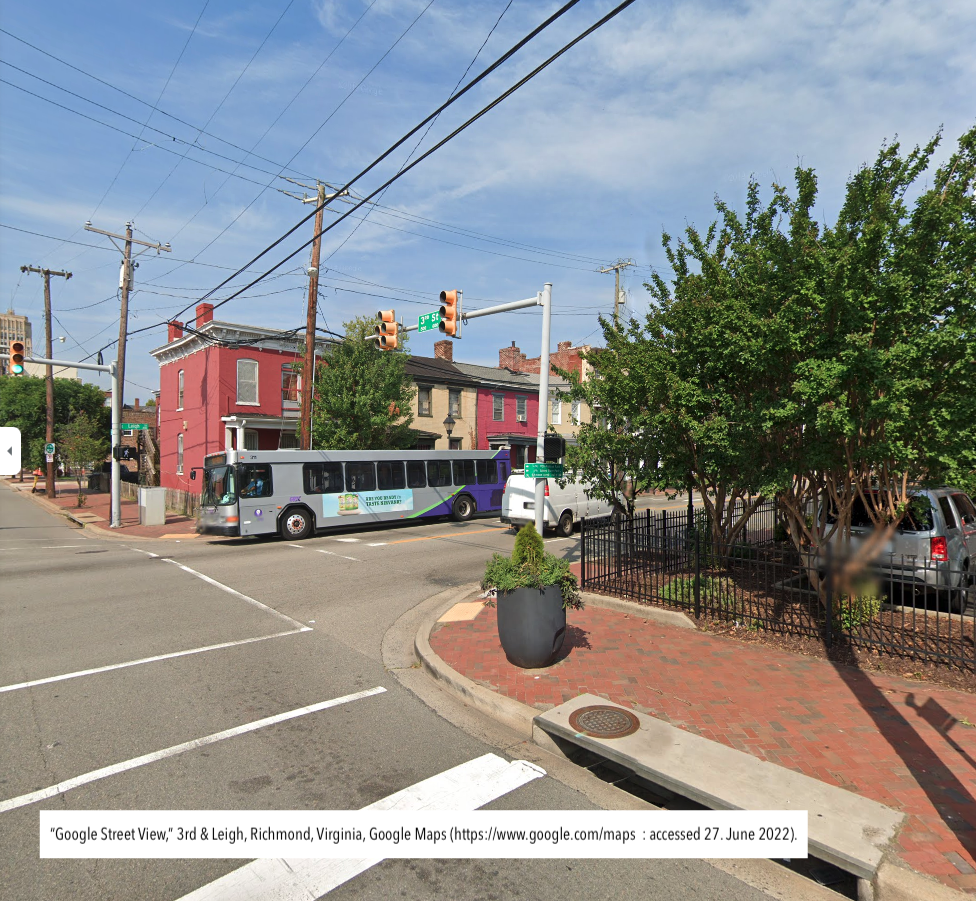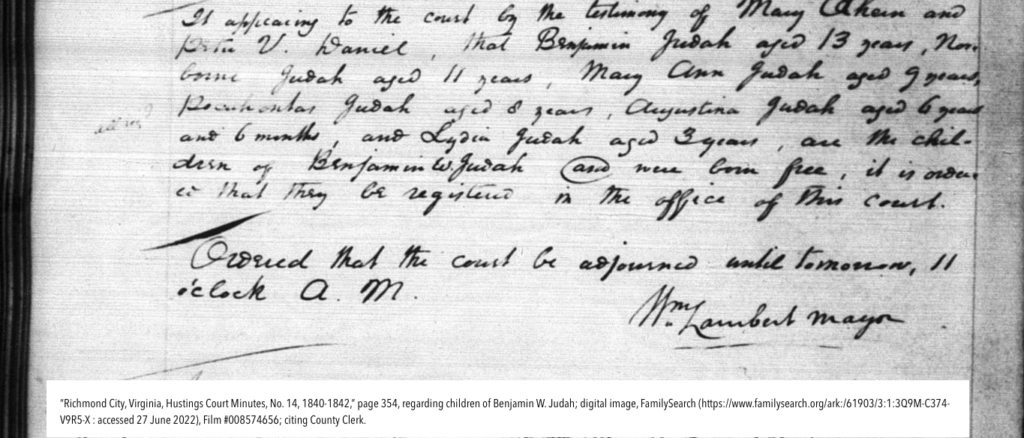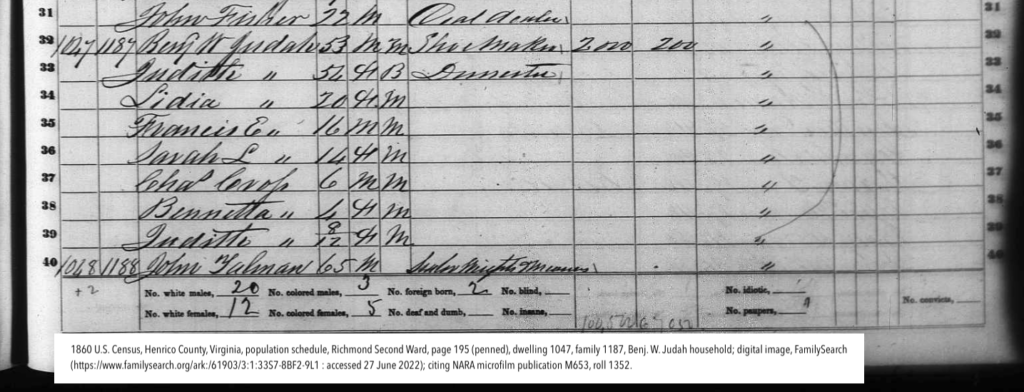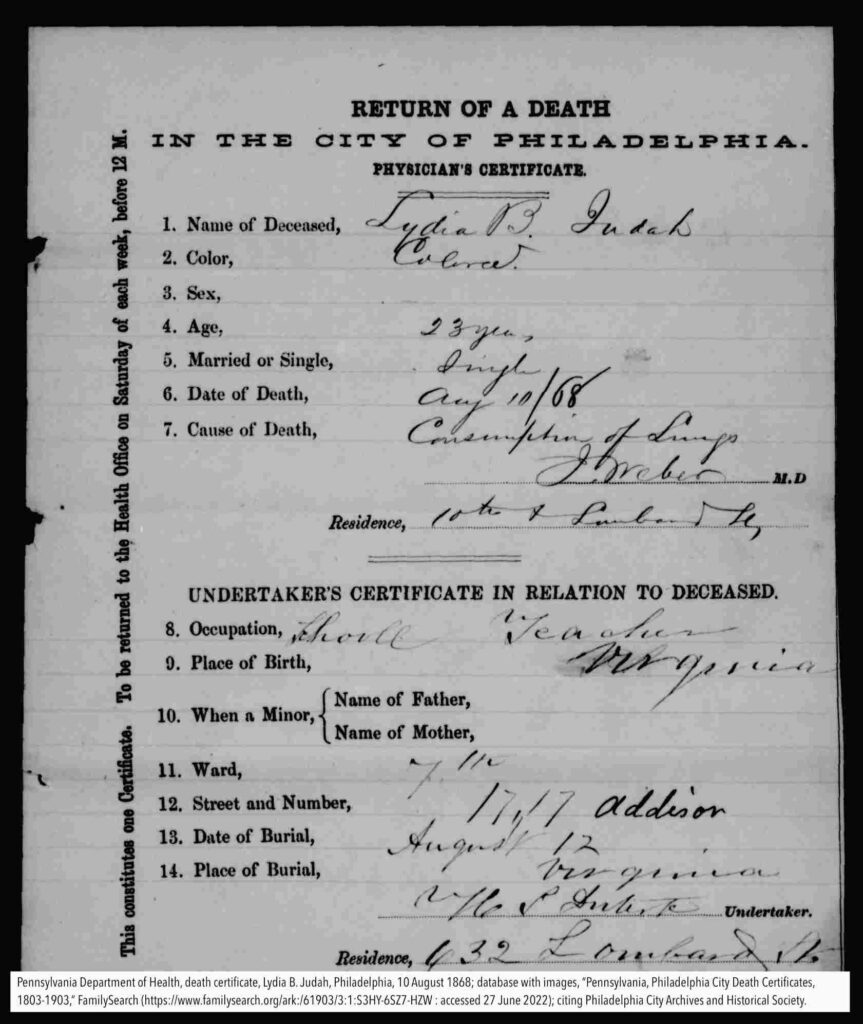The latest genetic genealogy features and tools bring excitement and potential for new insights. The combination of Ancestry’s Ethnicity Inheritance Chromosome Painter and Jonny Perl’s ACPS (Ancestry Chromosome Painter Segments) tool allows comparison of Ancestry data with information from other testing companies. Jonny’s new tool uses the information from Ancestry to grab <<gasp>> segment data <<gasp>>. It’s not the segment data you’ve been hoping for (segments shared with matches) but it’s fun and potentially useful depending on your situation.
Several months ago, Ancestry released ethnicity results with “Side View” technology. Side View allows you to see which ethnicity you received from each of your two parents. Unless you’ve had a parent tested or recognize which parent is which, the two parents are simply labelled “Parent 1” and “Parent 2.” You can label them yourself.
Here’s my mother’s ethnicity split into the contributions from her two parents.

Ancestry is now rolling out the beta feature of a chromosome painter for ethnicity, catching up with 23andMe and FamilyTreeDNA who already offer this feature.
My mother’s results on Ancestry look like this:

Each numbered pair represents my mother’s chromosomes, 1-22 (chromosome 23 is the chromosome that determines biological gender and Ancestry does not show the results of chromosome 23.) One chromosome of the pair is from my mother’s dad and one chromosome from her mother. The different colours represent different ethnicities, which refer to geographic locations. As you can see, my mother’s ancestry is primarily European, and largely from England and Northwestern Europe. As of this moment, I don’t know which of the two (upper or lower chromosome) is my maternal grandfather and which is my maternal grandmother. My mom has three segments labelled “Indigenous Americas-North” and one labelled “Southern India.”
My maternal uncle’s Ancestry Ethnicity Inheritance Chromosome Painter results look like this:
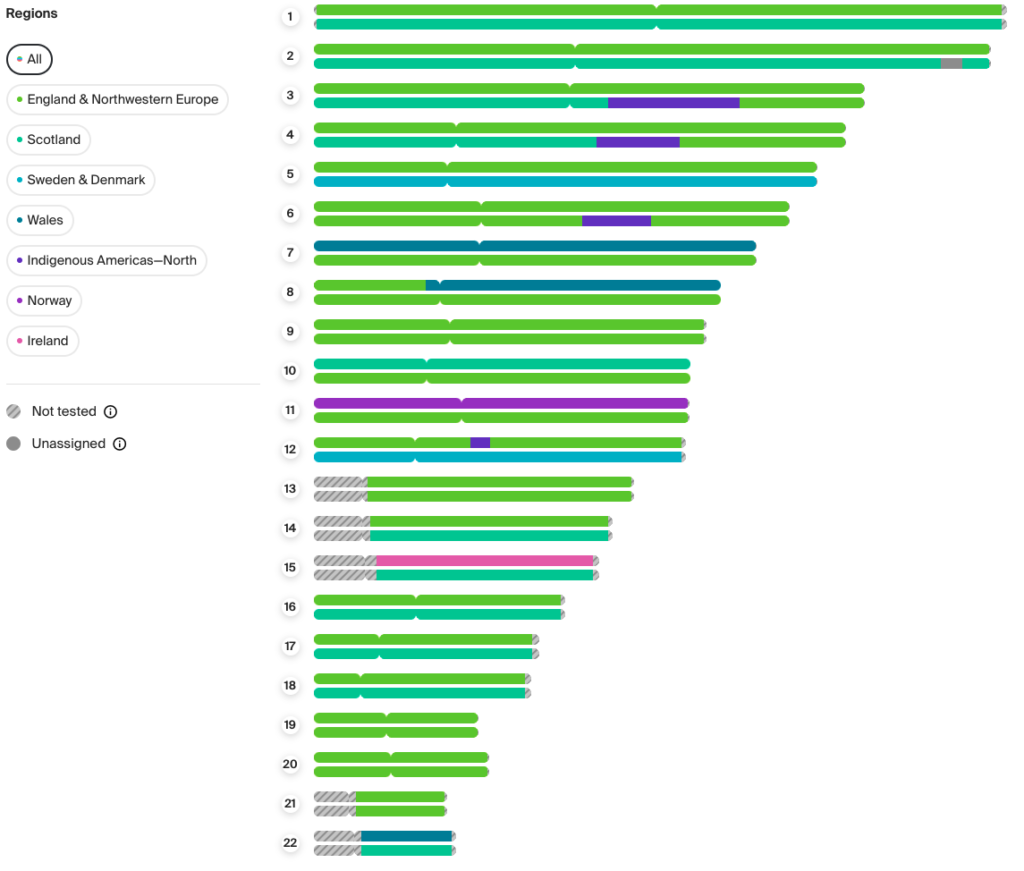
Notice the colours in the key are not stable, which is a shortcoming of the Ancestry Chromosome Painter and their ethnicity results in general. It would be useful for Norway to be the same colour no matter whose DNA test I am looking at. Norway is blue for my mom and purple for my uncle. And then there are the two shades of purple that are similar – Norway and Indigenous Americas for my uncle. And all the shades of green, aqua, blue, darker aqua… more variety would be helpful. I’m grateful for the information and I can edit the colours when I move the segment data to DNA Painter using Jonny’s new tool. My uncle has four segments labelled Indigenous Americas. They are on chromosomes 3, 4, 6, and 12.
Here is my maternal aunt:

My aunt has a new category, Germanic Europe, and two Indigenous America’s segments. When comparing the three images, it’s important to remember that Ancestry randomly assigned Parent 1 (upper chromosome) and Parent 2 (lower chromosome). My mother’s seems to be reversed from her siblings since the “Indigenous Americas” segment on chromosome 3 is Parent 1 for my mom and Parent 2 for my uncle and aunt.
Jonny Perl’s new tool allows me to copy and paste the data that creates the Ancestry image and make a file I can manipulate at DNA Painter. (To learn how to use DNA Painter, there are several good webinars with demonstrations and resources here.) Jonny used known information about DNA to approximate the start and stop points from the Ancestry chromosome images to make this work.
Ethnicity results can be compared across the companies. Remember my uncle who had several chromosomes with Indigenous Americas on Ancestry? Here I’ve uploaded his FamilyTree DNA ethnicities on the same DNA Painter diagram as his Ancestry ethnicity. I’m showing the detail for chromosomes 3 and 4.
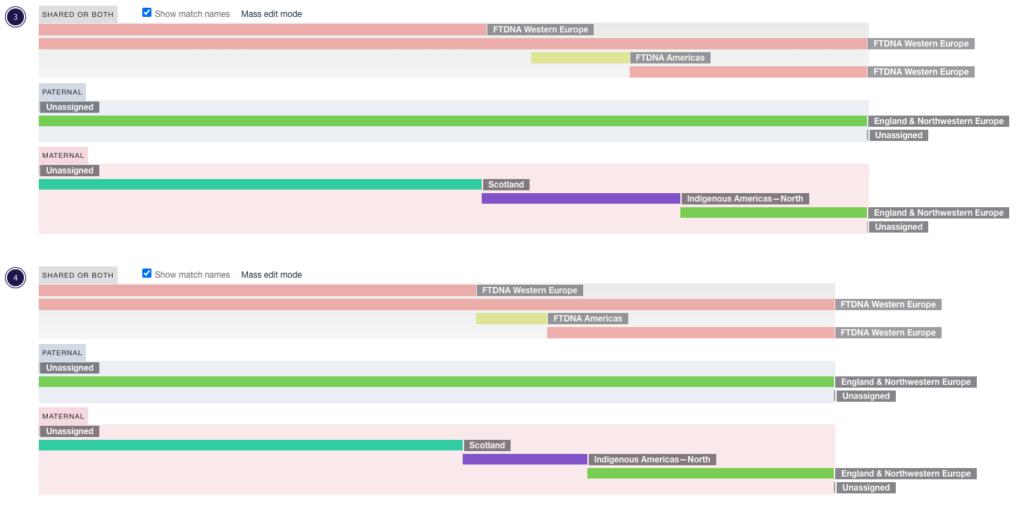
FamilyTree DNA results for both maternal and paternal chromosomes are mapped to “Shared or Both” because I don’t know which chromosome is maternal and which is paternal. Ancestry DNA chromosomes are artificially labeled maternal and paternal. FamilyTree DNA uses fewer ethnicity labels than Ancestry. Nearly all of my uncle’s DNA is labelled “Western Europe” and shows up as a darker pink bar. Ancestry separates “England & Northwestern Europe” shown in green and Scotland in aqua. FTDNA’s “Americas” segments in green are not as extensive as the approximated “Indigenous Americas-North” from Ancestry via Jonny Perl’s new tool. This may change if Ancestry ever allows a real download of raw ethnicity data. The Indigenous Ancestry is a small percentage of my uncle’s DNA but seeing it detected by both companies increases my confidence in the segments.
The segment on my mother’s chromosome 5 that is attributed to Southern India caught my attention. I’ve painted matches from GEDmatch, MyHeritage, and FamilyTreeDNA to DNA Painter. (My mom is not on 23andMe, which is the other testing site with segment data.). I was curious to see if there were any matches corresponding to that unusual segment.

Remember that the Ancestry ethnicity segments which are imported as maternal or paternal could be the other way around. In this case, there is an unknown maternal match for SC (in bright pink) that does seem quite similar to the Southern India segment. I will keep an eye on this, it could be helpful in the future.
I’m encouraged by the new developments and hope they unlock mysteries for you.
